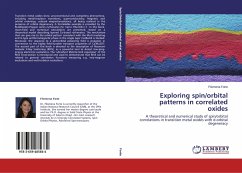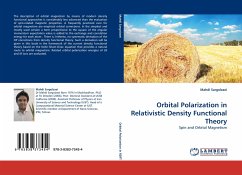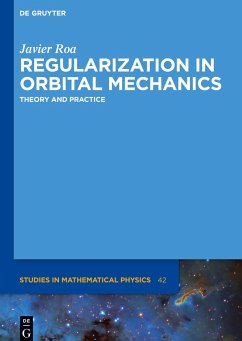
Non-bonding Orbital
Versandkostenfrei!
Versandfertig in 6-10 Tagen
23,99 €
inkl. MwSt.

PAYBACK Punkte
12 °P sammeln!
Please note that the content of this book primarily consists of articles available from Wikipedia or other free sources online. A non-bonding orbital, also known as non-bonding molecular orbital (NBMO), is a molecular orbital whose occupation by electrons neither increases nor decreases the bond order between the relevant atoms. Non-bonding orbitals are the equivalent in molecular orbital theory of the lone pairs in Lewis structures. According to molecular orbital theory, molecular orbitals are formed from the linear combination of atomic orbitals. In a simple diatomic molecule such as hydroge...
Please note that the content of this book primarily consists of articles available from Wikipedia or other free sources online. A non-bonding orbital, also known as non-bonding molecular orbital (NBMO), is a molecular orbital whose occupation by electrons neither increases nor decreases the bond order between the relevant atoms. Non-bonding orbitals are the equivalent in molecular orbital theory of the lone pairs in Lewis structures. According to molecular orbital theory, molecular orbitals are formed from the linear combination of atomic orbitals. In a simple diatomic molecule such as hydrogen fluoride, one atom may have many more electrons than the other. A sigma bonding orbital is created between the atomic orbitals with like symmetry. Some orbitals (e.g. px and py orbitals from the fluorine in HF) may not have any other orbitals to combine with and become non-bonding molecular orbitals. In the HF example, the px and py orbitals remain px and py orbitals in shape but when viewed as molecular orbitals are thought of as non-bonding.












